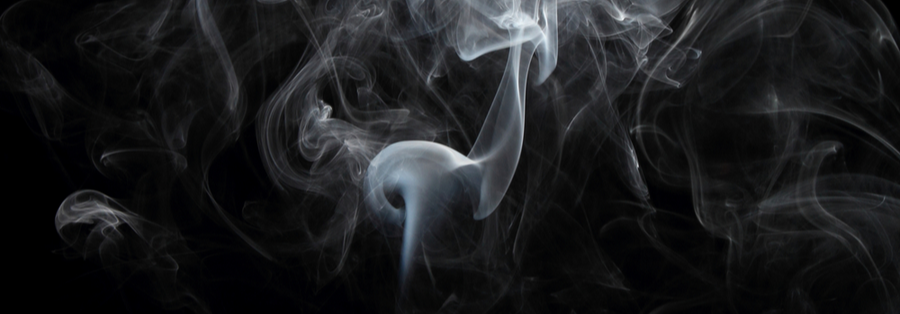

If you’re interested in selling your home—or your parents’ home—you probably already know that it’s essential to do everything you can to make the house appealing to buyers. Decluttering, cleaning, and staging are all excellent ways to help a house shine and receive top dollar.
If, however, you’re planning to sell a home that has been occupied by smokers, you face a unique set of challenges.
A Canadian study of real estate professionals found that cigarette smoke odors can reduce a home’s resale value by up to 29 percent. Further, more than a quarter of buyers won’t even consider buying a home where people have smoked.
Smoke residue is a sticky combination of resins and tars comprised of particles that are less than 200 nanometers in size. If you compare this to the width of a human hair (80,000 to 100,000 nanometers), it’s easy to understand how tiny smoke particles can sneak into everything!
If not addressed, smoke particulates will affect a home for years. It’s difficult to remove the stale, lingering odor, especially in a home where smoking has continued for decades.
Before putting a smoker’s home on the market, try taking these steps.
1. Bring in fresh air.
Open all the windows and turn on any fans, including the one built into the HVAC system. If possible, add more window fan units.
Arrange them, so one side of the house is pulling air in, and the other side is pushing air out. Your goal is to create a steady cross breeze that will exchange the old, cigarette-polluted air for fresh air.
2. Clean, clean, clean.
Since smoke clings to every surface, the entire home needs to be thoroughly cleaned.
Scrub the walls and ceilings with a mixture of ammonia and water or vinegar and water. First, test your cleaning solution in an inconspicuous location.
The circulating air from the fans and open windows will help dissipate the smell of ammonia or vinegar within 24-48 hours.
Additionally, clean all the windows. Scrub, replace, or remove window blinds.
Any surface that collects dust will also accumulate concentrated doses of smoke. That includes dusty areas under appliances, the condenser on the back of the refrigerator, the tops of door and window frames, and ceiling fan blades.
Use a professional service to clean the air ducts.
Clean the carpets and all textiles, including upholstered furniture, bedspreads, drapery, etc. Remove anything that can’t be cleaned.
If you do remove carpeting, be sure to thoroughly scrub the floors before new carpet or rugs are installed. This will help prevent any smoke odors that have accumulated on the flooring from wiggling up through the new carpet.
3. Paint.
Once the walls and ceiling are thoroughly clean, it’s time to repaint the surfaces, starting with a sealing base coat that will prevent the smoke film from resurfacing. If the product can prevent red paint from bleeding through, it can also seal in the smell.
4. Replace light bulbs.
Since the greasy residue from cigarette smoke will reactivate when the lights are turned on, it’s best to change out all the bulbs.
Bright white bulbs at high wattages will also help the rooms appear fresher and larger. New energy-efficient LED options make it easy to add plenty of light without driving up electric bills.
5. Add or replace filters.
Consider replacing the HVAC filter with a HEPA filter that includes a carbon filtration layer. A HEPA filter is designed to remove pollen, dust mites, mold, and other allergens, while a carbon filter is better at removing odors and smoke particles.
6. Absorb remaining odors.
Bowls of activated charcoal, fresh ground coffee, citrus peels, white vinegar, or baking soda can help absorb odors but should be replaced every few days.
All of these “absorption” methods work best if the material is spread out over a larger surface area, so use multiple bowls or rimmed trays in each room.